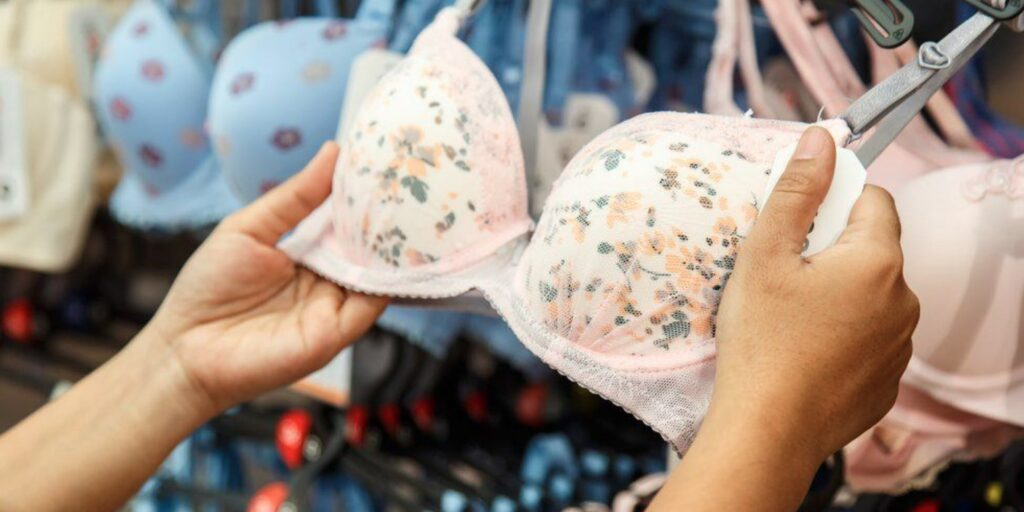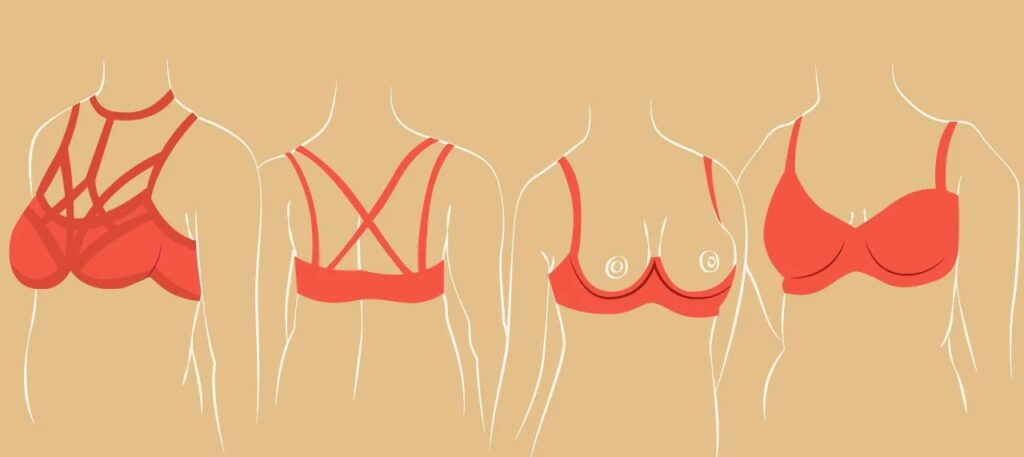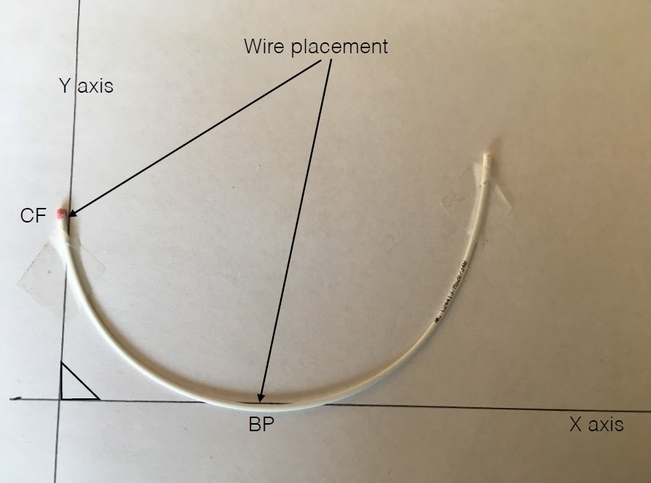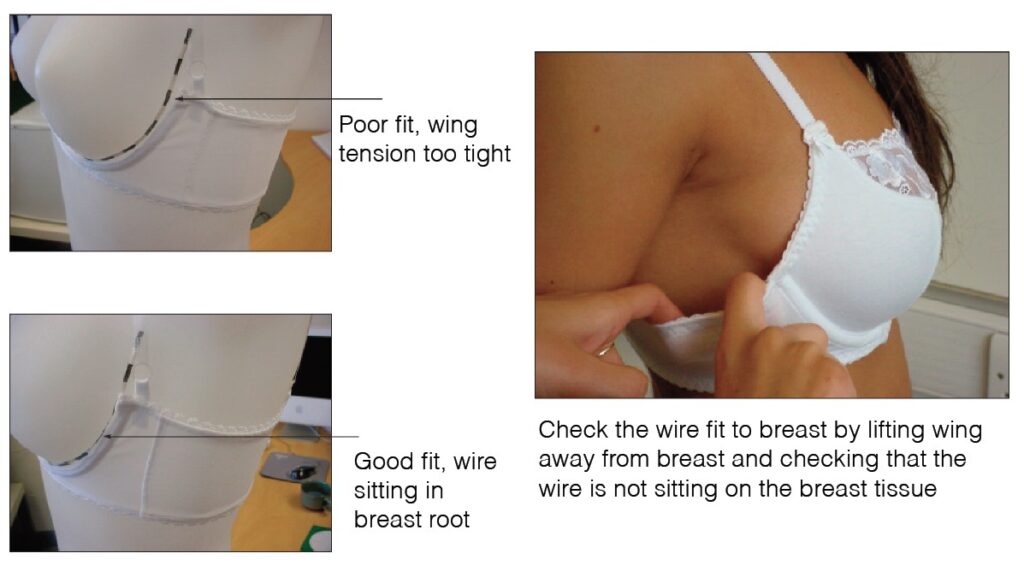
ENGINEERED FOR COMFORT
Bra Wire Engineering: Finding the Perfect Fit for Your Bra with Science and Style
Are you developing or manufacturing wired bras? If so, you cannot devalue the importance of choosing the right wire. While they may seem like a simple pair of curved metal wires, the wire selection can make or break the success of your bra design. It not only controls the fabric and elastic choices but also plays a major role in the ultimate sales success of the bra design. Designing a bra with a degree of flexibility in its fit can surely make all the difference. This is where the bra wire engineering comes in.

WIRE COMPOSITION AND CHARACTERISTICS
Bra wires are customarily made from post-coated carbonised steel wire with nylon powder-coated tips. This process involves forming and heating the raw wires before coating them with nylon. Once adequately coated and heat-treated, their shape becomes stable, offering excellent anti-distortion, higher flexibility, and rust prevention.
The most common wire shape is oval, which provides a smaller “footprint” against the body and smooth wire insertion into the wire casing. However, a flat section wire is a popular choice for some plus-fit styles, as it can offer more rigidity and provide a controlled fit.

FACTORS TO CONSIDER WHEN CHOOSING WIRE
Choosing the right wire for a bra is a crucial task. Here are some factors to consider:
- Bra Style: Identify the style of the new bra, such as plunge, balcony, moulded cup, and demi-cup. Each bra style has a correct wire profile shape, length, and ‘spring’.
- Market: Identify the bra’s potential market by country of sale, customer body shape profile, cup shape, range of intended sizes, and flexibility of fit. A designer brand bra could have a different wire profile compared to a mass-market chain store bra.
- House Model: Whoever is your ‘house model’ or first fit will be the representative of your customer, so choose wisely.
HOW TO CHOOSE THE WIRE SHAPE AND SIZE
A great deal of thought needs to be taken when choosing the wire profile. The shape of the spring wire should match the breast root of your/customer house model. The balance point will lie exactly below the point of bust when the bra is worn correctly. Here’s how to choose the wire shape and size:

- Place your wire on an XY axis to find its balance point.

- Split the width equally to check the balance point.

- Use a flexi curve to trace the breast root, remembering to trace the left and right breast. A trace of the breast root enables the correct wire to be selected.

Additionally, wire charts can be a useful tool in selecting the right wire. The chart will typically list the wire size, corresponding bra size, and wire shape. However, since there are no international standards of size for bra cups, bra wires come in many different specifications, some fitting well, and some very badly, which demands a bra specialist.
HOW TO TEST WIRE PERFORMANCE
All wires have a balance point, the lowest point of the curve of the wire. The biggest problem with standard steel wires is they are not 3D flexible. The amount of pressure required to spring the flat steel wire to an approximate fit around the breast root depends on the thickness of the wire and its flexibility.

To test wire performance, use a simple spring balance to test the force required to open the wire to the correct fit. For example, if a 34B wire is +/- 123 mm wide, it has to spring to a minimum of 135 mm to fit the 34B breast.

In summary, bra wire engineering is crucial for the success of a bra design. So, if you’re serious about your customer satisfaction, invest time and resources into researching the market, identifying the correct wire profile, and selecting the right wire for your bra design. Your customers will thank you for it!
